5 easy steps to understanding how to read a glasses prescription
Updated JAN 26, 2023 • 4 min read
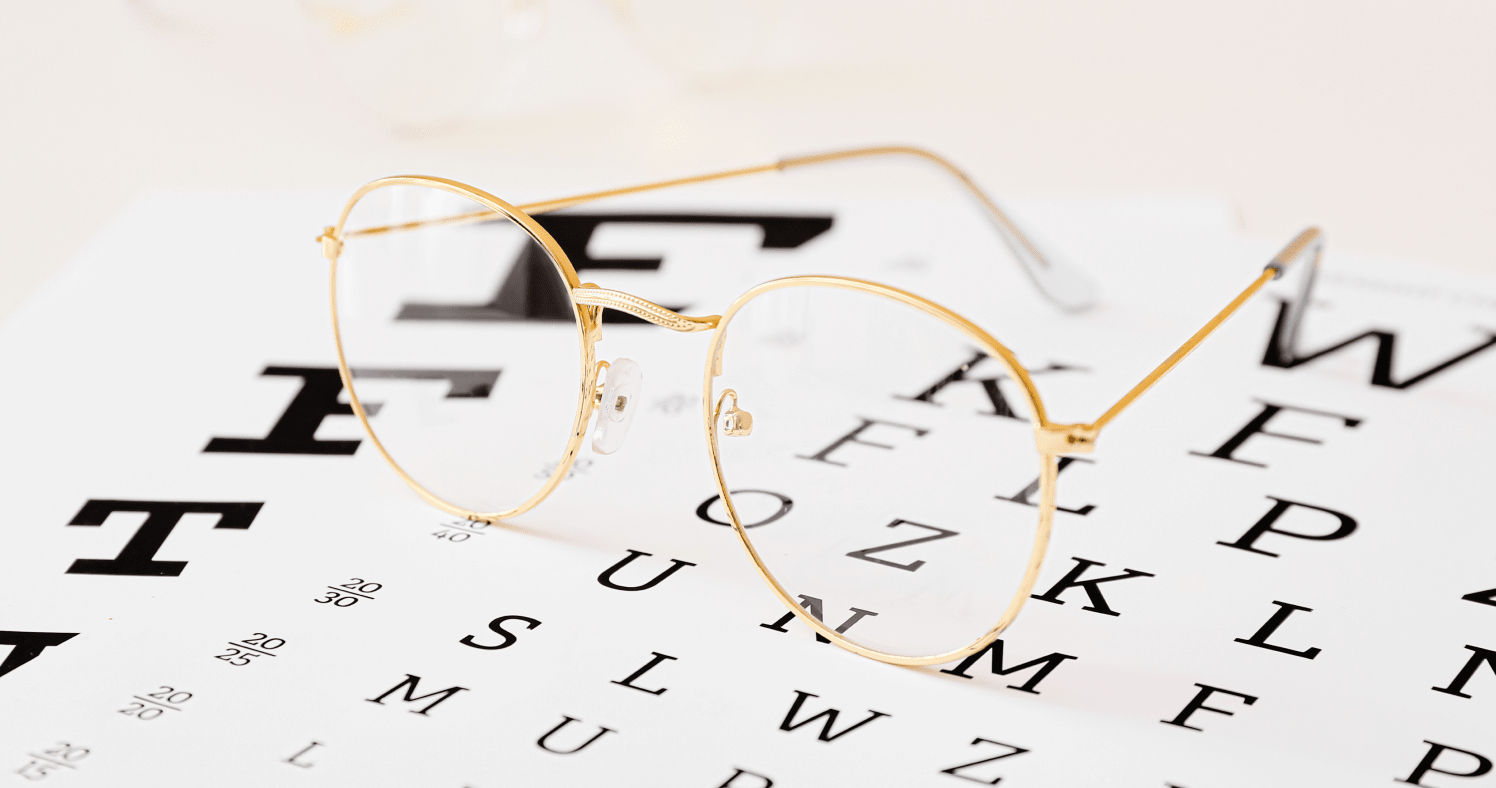
Now that buying prescription glasses online has become the more affordable and convenient option, it is important that you understand how to read a glasses prescription and the meaning behind those numbers and letters.
Though seemingly complex, it’s actually pretty straightforward and this article will take you through the steps to deciphering what’s written there. We will also cover some important information you might not have been aware of before such as understanding how to read eye prescription.
Jump to content
- Where to begin when reading your prescription?
- How to read an eye prescription?
- Additional information
- How long is a prescription good for?
- How to read a contact lens prescription?

1. Where to begin when reading your prescription?
A good starting point whether you have nearsightedness, farsightedness, astigmatism or otherwise, is to differentiate between O.D. and O.S. Oculus dexter and oculus sinister are Latin for right eye (OD) and left eye (OS). Some eye doctors may use OU which means both eyes, or RE and LE for right eye and left eye respectively.
2. How to read an eye prescription?
As we delve further, there are more abbreviations included in your eye prescription as follows:
Sphere (SPH)
Measured in diopters, the number under this header refers to the lens power necessary for each eye. A minus (-) is used to correct nearsightedness. A plus (+) sign refers to farsightedness correction.
Cylinder (CYL)
The lens power (also diopters) used to correct astigmatism. If you have no astigmatism or a very slight one, nothing will appear under this column. As with Sphere, minus is used to indicate lens power for nearsighted astigmatism, and plus is for farsighted astigmatism.
Axis (Ax)
Like Cylinder, this only applies to astigmatism prescriptions. The numbers under this column refer to angle degrees (1 to 180) and not diopters. If your prescription includes Cylinder lens power, it must include Axis as well.
Add
Only used for multifocal (progressive/bifocal) lenses. It refers to the added magnifying power applied to the bottom of the lens in multifocal lenses.
PAL
Is used in some cases by eye doctors when the addition for progressive lenses is different compared to bifocals.
Prism
Used to correct double vision or vision displacement. The value on the prescription refers to the number of diopters applied in order to compensate for the image alignment issues.
PD
The distance between your pupils. If for any reason your eye doctor didn’t record this in your RX note, measure it yourself.
3. Additional Information
Your eye doctor may include additional recommendations according to your individual needs and lifestyle. These could include blue light blocking, Transitions lenses (light-adaptive lenses), or multifocal/progressive lenses for example. All glasses online, including lens types and upgrades are available at GlassesUSA.com.
4. How long is a prescription good for?
Annual eye exams are recommended to ensure your eyes are at optimal health, and that your prescription is up to date.
5. How to read a contact lens prescription?
Your glasses prescription cannot be used to purchase contact lenses. Due to the fact that contact lenses sit on your eyeball, whereas glasses lenses sit a few millimeters away, their prescriptions are not the same and require their own exam and fitting.
Most popular contact lens brands.
In addition to the lens power, there are some additional specifications that are not included in your glasses prescription, as follows:
Base curve (BC)
Determined by the shape of your cornea to ensure the correct fitting on your eye.
Diameter (DIA)
Determines the size of the lens, also to ensure correct fitting.
Lens brand or material.
This is important as different materials have different qualities such as the level of oxygen they allow to permeate, UV protection, etc.
Lens lifetime.
How frequently the lens should be disposed of after use. E.g. daily, bi-weekly, monthly.
As with glasses, you should have a contact lens assessment at least once a year, and your prescription is yours to keep by law.
Main takeaways
With your prescription up to date and ready to use, you can choose from thousands of eyeglasses and sunglasses styles to personalize and have delivered right to your doorstep. Enjoy our glasses virtual try-on that lets you see yourself in any pair from the comfort of your home.
Published August 23, 2022|Updated January 26, 2023

Victoria Landsmann



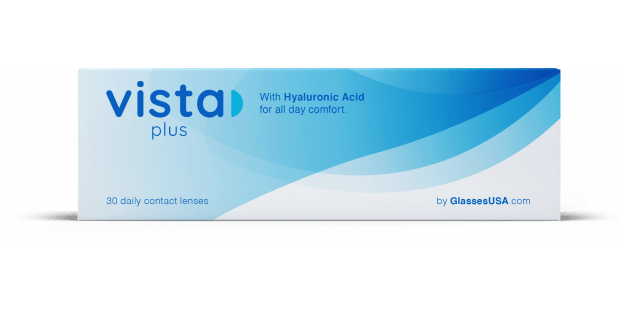 Vista Plus
Vista Plus
 FreshLook
FreshLook
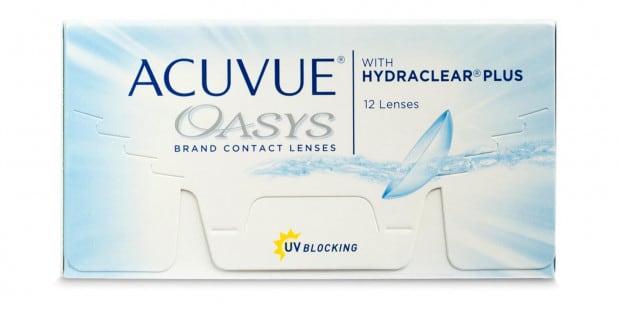 Acuvue Oasys
Acuvue Oasys
 Air Optix Colors
Air Optix Colors
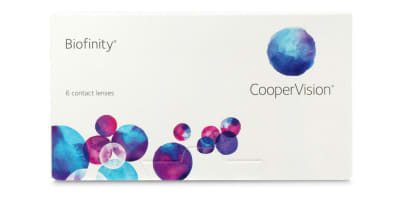 Biofinity
Biofinity
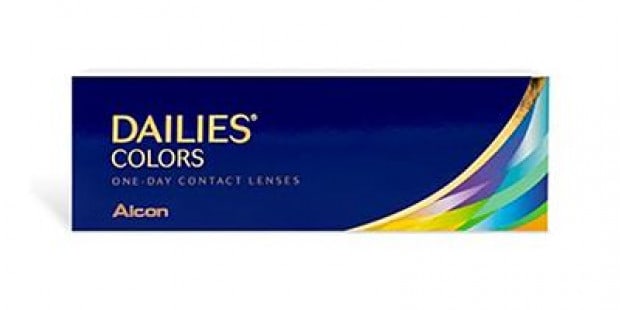 Dailies
Dailies
